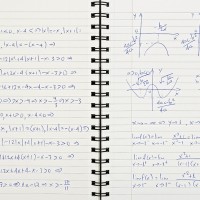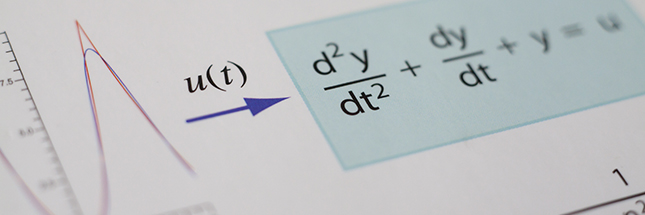Secondary School Curriculum

In the United States, secondary or high school refers to the last four years of formal, compulsory education. Most of the time, secondary school includes Grade Nine through to Grade Twelve. Students enter high school after middle school. However, depending on the region, students may attend a combined middle and secondary school. They may alternatively attend elementary school until eighth grade and then progress to secondary school until the twelve grade. In 2001, there were a total of 26,407 public secondary schools in the United States. There were 10,693 private secondary schools.
Who is it for?
Secondary school is for adolescents between the ages of thirteen and eighteen or nineteen. Most of the time, boys and girls are taught in the same facilities and classes are co-educational. American high schools may be very large, especially in urban areas; it is not uncommon for high schools to have over 2,000 students enrolled at a given time. Students are often accepted from the surrounding area regardless of ability, academic standing, or career track. Some states and cities have special high schools, whether private or government-funded, that cater to students with special interests or talents – for instance, students who want to focus on scientific study or arts. Other special schools may accept only high-performing students, LGBT students, or students with disabilities, such as blindness or deafness.

Educational Focus
Core curriculum courses in secondary school usually include science, technology, social studies and social science courses, physical education, mathematics, health, and English. Students may take core curriculum courses in streams or tracks depending on their future career plans. Students who wish to apply for college following high school must enroll in a more challenging track than students who want to go to a community college, enter the workforce, or work in trades. In high school, students are also given the opportunity to choose courses, known as electives, that interest them. These courses may pertain to their future career or education plans. They often account for approximately half of the students’ courses in high school. The electives offered depends on the size of the school and its focus. Students who wish to go to university may choose to focus on more specific subjects within the sciences, such as biology, physics, or chemistry, or within mathematics; for instance calculus, trigonometry, geometry, or algebra. Other students may choose to focus on an advanced arts subjects, such as English literature, social sciences, foreign languages, or composition.
Outcomes
Upon completion of Grade Twelve, students graduate and receive their high school diplomas. Secondary schools offer convocation ceremonies which are similar to those offered by colleges and universities. Following graduation, students may decide to pursue tertiary education, enter the workforce, or complete an apprenticeship in the trades. Research has indicated that students who obtain a high school diploma are more likely to have a wider selection of career options and higher wages than those who do not complete secondary school.
